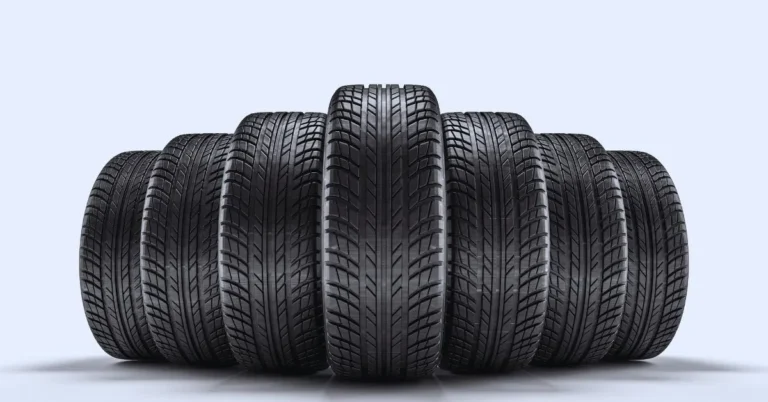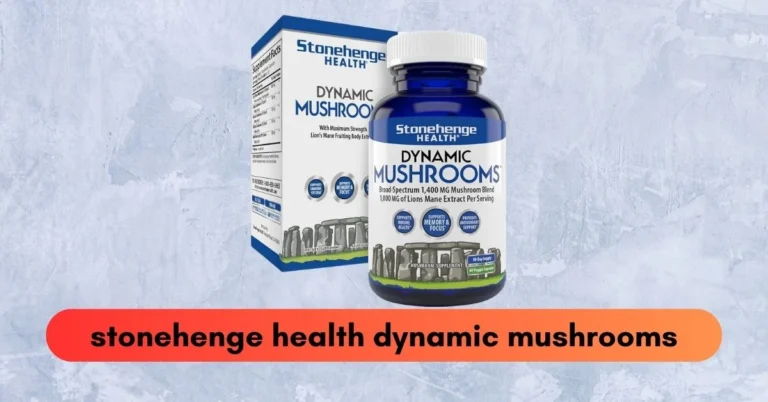8 Best Petty Chef Knives: Elevate Your Culinary Skills
Petty knives are an essential tool in every kitchen. Whether you like to cook occasionally or professionally, these knives can cut smaller ingredients and are especially useful when you are not used to bigger knives. But choosing the petty knife can be a real challenge, considering the multitude of options you can choose from. So if you’re looking to make a better decision, here is a quick guide on how to choose a petty knife and which ones are the best.
Best Petty Knives
- Mercer Culinary Renaissance Utility
- Yoshiro Utility
- Zwilling J.A Henkels “S” utility
- Wusthof Classic Asian Utility
- Norisada Hammerhead Damascus
- Shun Kanso
- Misono UX10
- Tojiro DP
Mercer Culinary Renaissance Utility
The handle is the first thing that stands out. With its black finish and ergonomic grooves, it gives a very nice and sturdy grip.
These utility knives have been forged from a high-carbon German alloy. Dubbed X50CrMoV15, the material is resistant to corrosion and rust, giving it a long-lasting shine. It is also very sharp and easy to sharpen, ensuring that you are always ready to craft your next masterpiece. The blade is also 6 inches long, with a total length of 11.25 inches. At just 4 ounces, it is one of the best blades to use in the kitchen for every user.
Yoshiro Utility
The Yoshiro utility knife has a great, petty blade. It features a handcrafted handle that not only looks good but is also able to provide a comfortable and sturdy grip. You don’t have to worry about the knife slipping and falling out of your hands when using it.
As for the blade, it makes use of AUS8 stainless steel, which is a very hard alloy that can also offer a very easy sharpening experience.
Zwilling J.A Henkels “S” utility
If you want a Western knife to use in the kitchen, the Zwilling J.A. Henkels’ “S” series of knives could be just what you are looking for. They have crafted this 6-inch, sleek blade with premium steel that is both sharp and resistant to corrosion. In fact, it is the same material that Renaissance blades used for their knives.
It features a very plain, minimalistic handle that is comfortable to hold. It offers the perfect grip, even if your hands are wet or sweaty. The handle very easily attaches to the blade’s full tang, with three rivets holding it down. With a comfortable handle and a very sharp blade, the “S” utility knife is an incredible addition to any kitchen.
Wusthof Classic Asian Utility
The Classic series of knives by Wusthof has been a regular best-seller, as it combines elements of both Western utility knives and Japanese petty knives. The knife features a very simple design and a full-tang blade for extra durability and balance.
The all-purpose tool features the popular German alloy X50CrMoV15, which perfectly balances toughness and hardness. Therefore, it can become very sharp, maintain its edge for a long time, and resist corrosion or rust. Its unique curved shape also makes for a very smooth cutting experience, as you can easily move the knife in the recommended cutting and mincing motion. Overall, it is easily the best knife to have when you want the best of both worlds.
Norisada Hammerhead Damascus
The Norisada Hammerhead Damascus Knife takes the blade of a Japanese petty knife while providing people with a refined Western utility knife handle. The result is a very efficient petty knife that looks as good as it cuts. The forged blade features VG10 material, which only has a downside of less than stellar toughness. But that is a small price to pay for a knife this good. The original core has 32 layers, protecting the core from corrosion.
The mahogany handle is a real highlight, seeing how it offers a very good, non-slip grip, along with a heightened sense of style. The knife alone stands out in any kitchen set and is a good tool to use in any kitchen.
Shun Kanso
If you want a very utilitarian knife with no design element, then the Shun Kanso can be a good choice. Fun fact, Kanso refers to the principle of simplicity, where everything that would be unnecessary has been removed. It stands as a direct contrast to the Norisada from earlier, which featured very fancy design elements.
The blade makes use of AUS10A steel, which is another high-carbon alloy that is both tough and hard. The fine-grain finish also comes with a double bevel angled at 16°, allowing for accurate and ambidextrous movement. With a blade length of 6 inches and a very comfortable angle, it can make a novice chef feel like a professional. Its minimalist design did pay off in the end, with the knife only weighing 2.7 ounces.
Misono UX10
Many brands have made their way to the West, with Misono being one of them. Their UX10 was one of the hybrids that they brought out to the Western market, as it effortlessly mixed elements of both types of knives.
Featuring the UX10 alloy, the knife is very durable and fairly tough. While it is not as hard as some other steels, it is still just hard enough for the knife to retain its edge for a very long time. Despite being very easy to sharpen and very sharp, the UX10 is not resistant to corrosion. So if you do not take proper care of it, it will rust or lose its colour.
The knife is also better suited to right-handed users with its 70/30 break precision edge. The handle is also perfectly balanced and has plenty of room to grip the knife properly. Furthermore, the pakka wood used in the knife is water-resistant while providing a slip-free grip
Tojiro DP
The Tojiro DP is an incredibly sharp and well-rounded blade that comes at a very affordable price. But despite its caveats, it is a great knife to use, especially if you’re on a budget. The DP continues to live up to Tojiro’s legacy.
Making use of VG10 steel, the alloy is very resistant to corrosion without compromising on its sharpness. It can become dangerously sharp quickly, managing to retain its edge for a long time. It can retain its edge for a very long time. It can even handle the incredible load in a kitchen.
What to Look for in a Petty Knife
Balance
A balanced knife is always important to have, as you don’t want it to strain your wrists or hands. Knives that usually tip more towards the edge of the handle will require more force on your part when cutting. While an imbalanced knife doesn’t make much of a difference vertically, you will feel it as soon as you start to cut horizontally.
Balanced blades are easier to use because they are less strenuous on the wrists and the hands, allowing you to cut for longer without worrying about aches.
Weight
Petty knives usually come in the same size, with slight differences between manufacturers. Petty knives are always supposed to be light, given their smaller size. However, some can be a little heavier than others, which shows that the knife is made from pure metal. A heavier blade can also mean that the knife is less likely to break, and it manages to retain all of the benefits that come with the smaller form factor.
Ergonomic Handle
Another important factor that you should consider when trying to use a knife for an extended period of time is an ergonomic handle. Handles have to be comfortable to grip, with a shape that encourages you to use them for a long time. The handle should also help you keep a grip despite wet or sticky hands. This often comes down to the material the manufacturer is using.
A good grip also influences how well the knife will be cut, which makes it an important factor to consider. Blades with good handles are almost instantly recognizable, as they feel perfect in your hands.
Edge Retention
Kitchen knives go through a lot of wear and tear, with is also why they can go dull fairly quickly. Blades with good edge retention can allow you to keep cutting and using the knife without worrying about sharpening it every few days. If you plan on using the knife for a long time, then edge retention is an especially important factor.
This factor comes down to the material used in the knife, which also determines various other factors. The material usually strikes the perfect balance between edge retention, sharpness, and corrosion resistance.
Sharpness
Finally, depending on the material used to make the blades, the sharpness of the eh blade is also a very important factor to consider. Its sharpness is always worth considering, seeing how you always want a knife that can cut very effectively without needing a lot of effort.
These knives should also be sharp right out of the gate, which you can check by slicing through a sheet of paper. If you get a chance, chopping some food can also show you sharpness enough for your everyday tasks.







